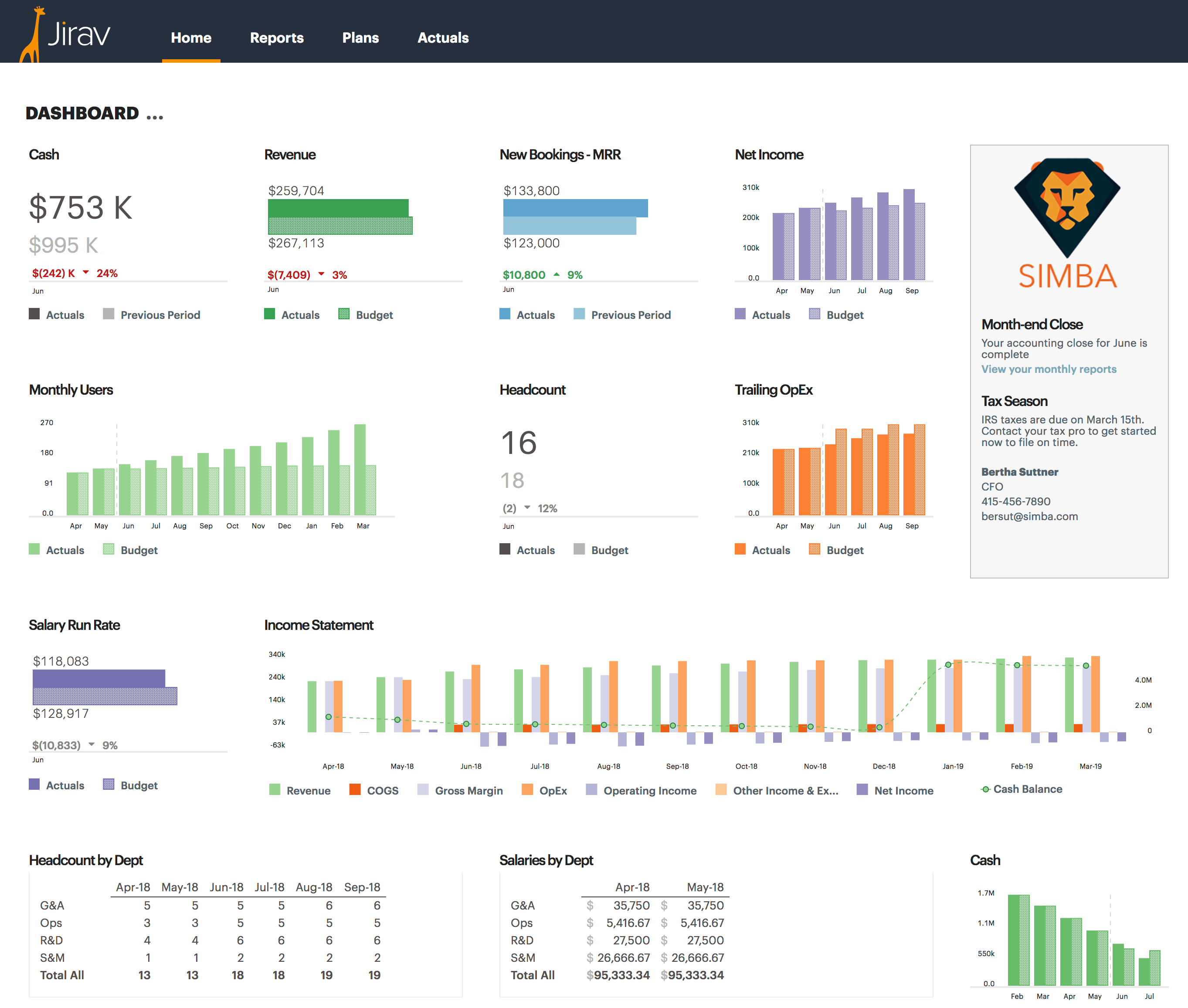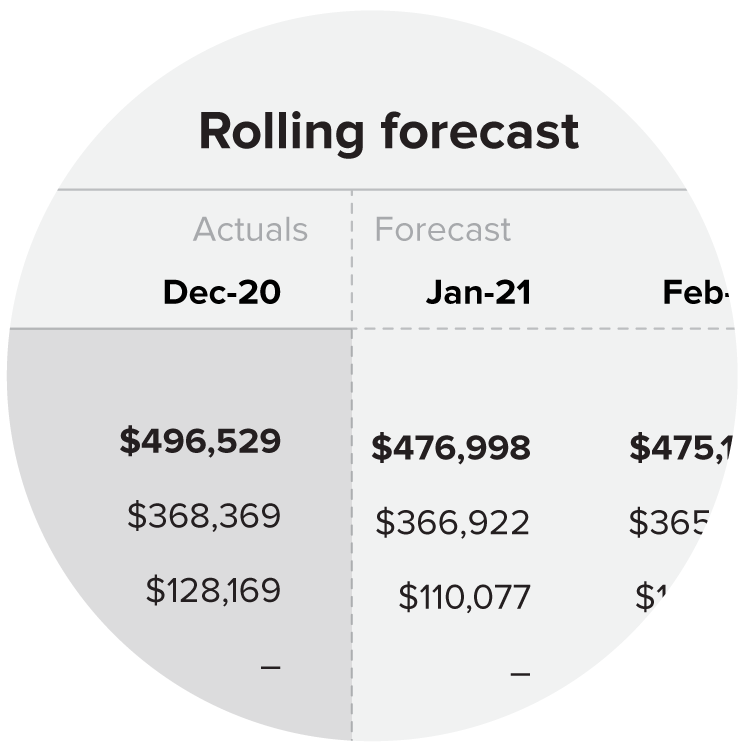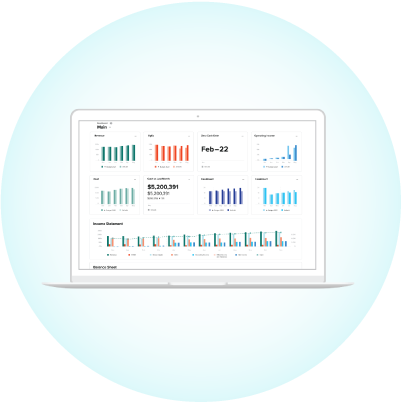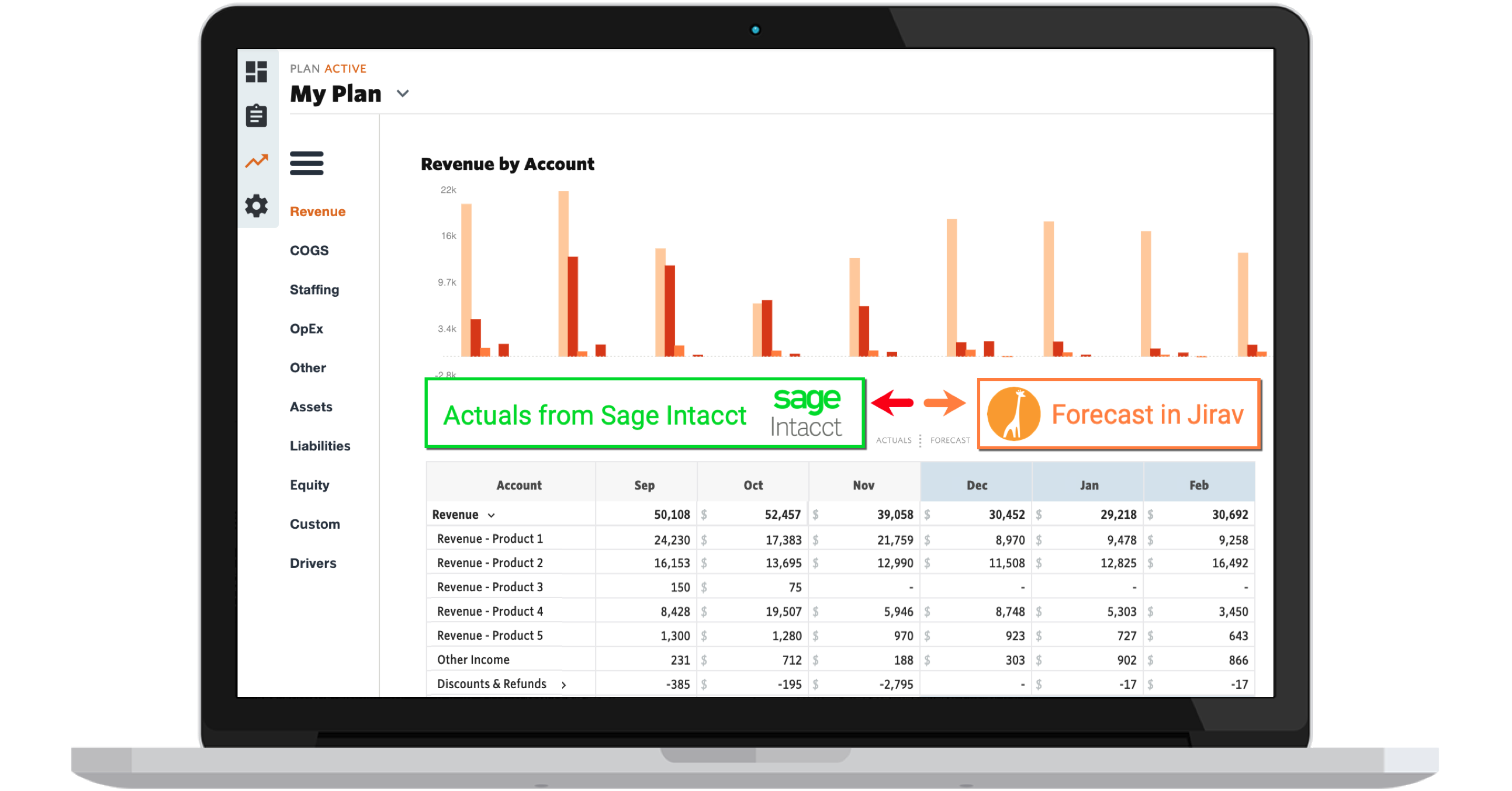Your company creates and sifts through an overwhelming amount of data each day. Most of which is necessary for your success. Unless you’ve adopted an automated FP&A tool, you are also most likely sifting through multiple tools that you use to collect your data, and it’s slowing you down.
According to a study by the ACCA, financial professionals spend 75% of their time analyzing and inputting data and in return see that 90% of their spreadsheets contain errors.
Growing businesses should not be sorting through data that can be automated and accurately imported to an FP&A tool. An automated system will save you time and money, so when the time is right, you should consider making the shift.
What should I automate and when?
For many businesses, especially newer startups, it is likely you are using multiple tools to collect data. These tools are capturing everything from accounting metrics to sales numbers to marketing tactics and results. While an abundance of tools may have been working for you thus far, you need to begin consolidating and merging into a financial dashboard.
The purpose of consolidating is to move the data you’ve been collecting into a more structured system that aligns with your business. The best way to do this is by narrowing your data to provide outputs that can be put into an FP&A tool so you can create a collection of data that stays in one spot.
The key is to simplify as you grow. You may need to start looking into consolidating your tools and finding an FP&A tool if you are experiencing:
- 1. Client growth (new and/or larger)
- 2. Internal growth
You should use growth in these areas as a metric to determine whether or not it is time for you to transition to an automated financial planning and reporting process.
What tools should I use?
Your business must use the tools that work the best for you. Remember, the key is to choose systems that come together to deliver a consistent level of reporting.
For reference, here’s an example tech stack, and how each solution is used:
- Sales: Salesforce—CRM, quote-to-cash, revenue recognition
- Support: Zendesk—Ticketing, chat, knowledge base
- Payroll: ADP
- HR/Benefits: TriNet
- Marketing: Hubspot—website, email, social media profiles
- Payments: Chargebee
- Expense Management: Expensify
- Accounting: Quickbooks—Invoice, payables, bank recs
- FP&A: Jirav
You shouldn’t rely too heavily on one system because data starts to get too complex and can blend together. Using multiple (but a limited amount of) tools that work well for your company and can ultimately be automated into and integrated with one FP&A tool is the goal.
How should I set up my books?
Once you’ve chosen the appropriate reporting tools, it’s time for you to set up your books. Setting up your books goes beyond just choosing systems. It’s about structuring your accounts in a way that:
- 1. Delivers data efficiently to your financial reporting tool
- 2. Delivers timely data to your financial reporting tool
Ensuring your data is efficient means you are using metrics that have immediate and potential impacts on the way you run your business. There is no need to include metrics that will not help you make immediate changes to the way you run your business. Timely data allows you to make the necessary changes based on the data you are collecting.
Your books should tee your financial reporting tool up for success. When set up properly, everything will be running quickly and efficiently, leaving you with more time and a stronger path towards growing your business.
When should I hire a finance leader?
There is no specific timeline of when you should hire a financial leader. Your stage of business and the nature of your company will greatly impact your hiring decisions.
However, it’s common for businesses to rush into hiring someone to handle the finances. When a financial leader is hired too early, you often end up with an executive whose primary job is managing spreadsheets. To avoid the mistake of hiring too early, you can consider a few alternatives to an in-house financial leader. The first option is hiring an outsourced CFO business, which will do the job of a finance leader and save you money in the long run. Another option would be to use a tool like Jirav, along with your already well-structured data collectors. This will make viewing and understanding your data much simpler, eliminating the immediate need for a financial leader.
Automate when the time is right
There are many factors to help you decide when the time is right to automate. Ultimately, you should simplify your tools and organize them so the data they collect is being uploaded to an FP&A tool in an efficient and timely manner. This approach to automation will save you time and money.
As a finance leader, automation is meant to make your life easier. Jirav offers powerful business planning software and FP&A tools that will help drive your business to success. Consider reaching out to Jirav if you are planning to transition towards a fully automated financial planning and reporting process.











